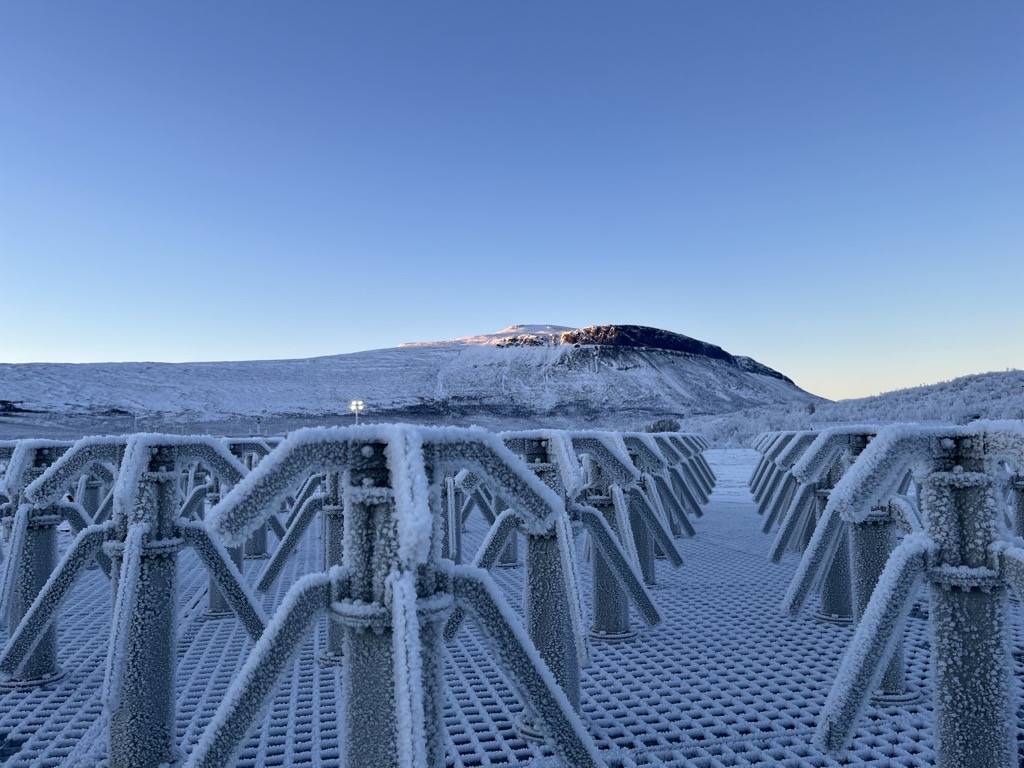EISCAT Radar Sites
There are around ten radar systems in world capable of making incoherent scatter measurements, and we here at EISCAT operate three of these high-standard facilities. These sites are located in the Scandinavian sector, north of the Arctic Circle. They consist of two independent radar systems under the auroral oval on the mainland, together with another radar in the north polar cap region on the island of Spitzbergen in the Svalbard archipelago.
EISCAT UHF and EISCAT VHF-system
The EISCAT UHF system was designed as a tri-static radar, that is, three facilities that work together. These are located in Finland, Norway and Sweden. In Norway there are two different EISCAT facilities that work in UHF and VHF. Recently the remote sites in Finland and Sweden were converted to the VHF frequency. The Heating facility is also located in Norway. The exact location of the EISCAT facilities can be found here.
Developments in hardware, software and observational techniques have allowed the range of science addressed to be dramatically broadened since the first observations were made and the Association continues to provide and develop appropriate tools to support its user community.
As the current EISCAT systems are getting old, the decision to develop a totally new and modernized was taken. This also means that the current EISCAT systems on the mainland will be decomissioned.
EISCAT 3D
The newest addition to EISCAT is the EISCAT 3D system. As the previous EISCAT system, EISCAT 3D will work as a tri-static radar, with facilities in Finland, Norway and Sweden. Right now the system is built, but the development is still ongoing. The plan is that the system will be up and running in late 2025.
EISCAT Svalbard Radar (ESR)
EISCAT Svalbard Radar (ESR) near Longyearbyen in Spitzbergen, Svalbard, is the youngest of EISCAT’s research facilities. The location, high above the arctic circle and near the north pole, give us unique capabilities in auroral research. Because of the position and Svalbard’s unique climate with polar night form the middle of October until the middle of February, the season for observing the northern lights is long.




